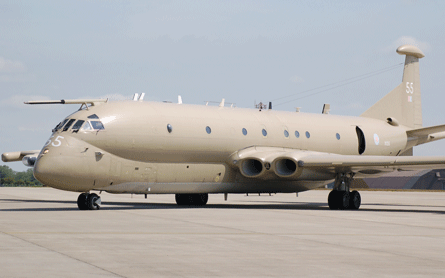The UK hopes to usher in a new era of military aviation safety with the establishment by April 2010 of an independent authority.
Establishment of the Military Aviation Authority follows a report damning Ministry of Defence safety culture for failing to prevent the 2006 mid-air explosion over Afghanistan of a Royal Air Force BAE Systems Nimrod MR2 that killed all 14 crew.
 |
|---|
A three-star officer, ultimately with a staff of 250 personnel, will be chosen by February 2010 and tasked to "provide the leadership for airworthiness and also the independent assurance that we and our industry partners are all operating to the highest safety standards", says defence secretary Bob Ainsworth.
He adds: "The MAA will be independent of those who fly and maintain our aircraft day to day, ensuring they operate fully within the regulations and are properly equipped, trained and resourced to deliver safe aircraft to the services."
However, to accommodate the military's need for operational flexibility in war time, single service assistant chiefs of staff will retain responsibility for determining which aircraft can be safely released into service.
"The MAA will provide full assurance but will not carry out this release to service role directly. For operational emergency clearances, I have decided [that] the assistant chiefs - not those who fly the aircraft at the front line - will be responsible for any clearances. The MAA will play an assurance role in this area, too," Ainsworth says.
Separately, BAE Systems has appointed Chris Elliott, a leading systems engineer and barrister, to advise group managing director Nigel Whitehead in a review of the company's approach to product safety across all its sectors in the UK.
Chief executive Ian King says: "The tragic loss of Nimrod XV230 and the subsequent Nimrod review have only strengthened our resolve to seek continuously improvements to safety across all aspects of our business."
Source: Flight International



















